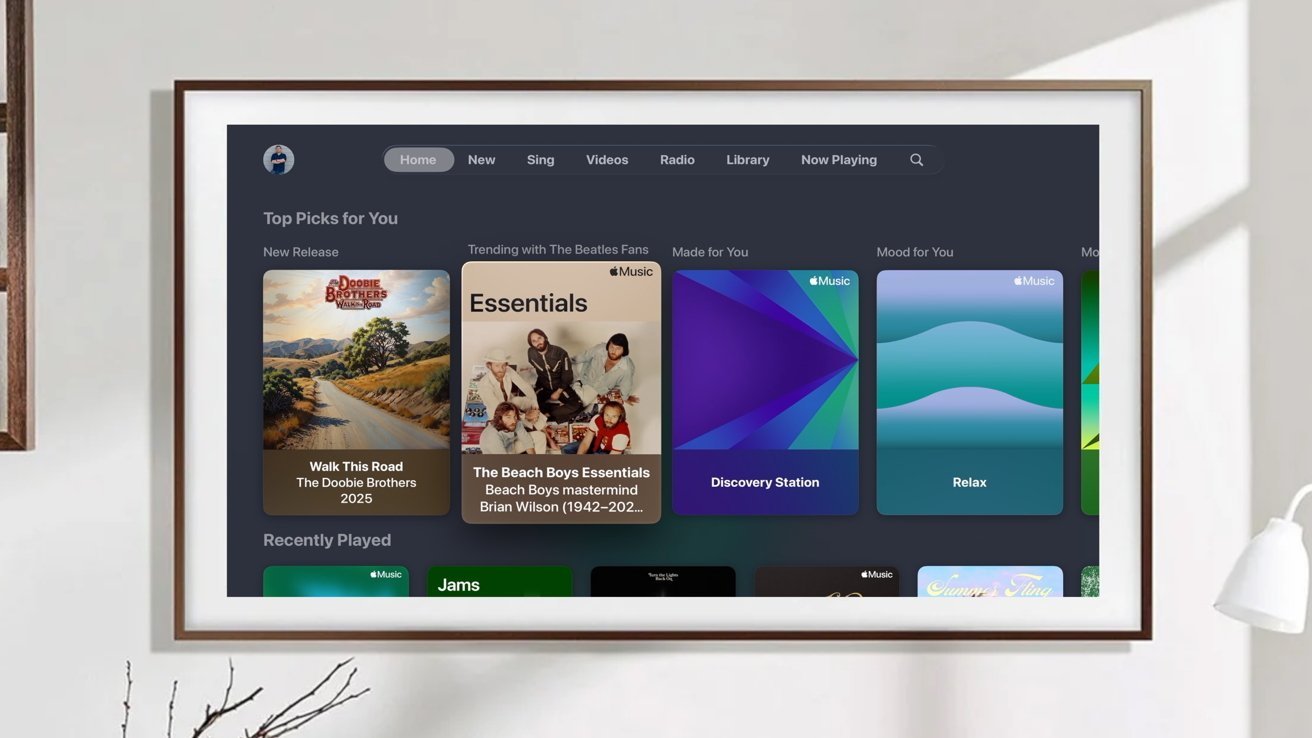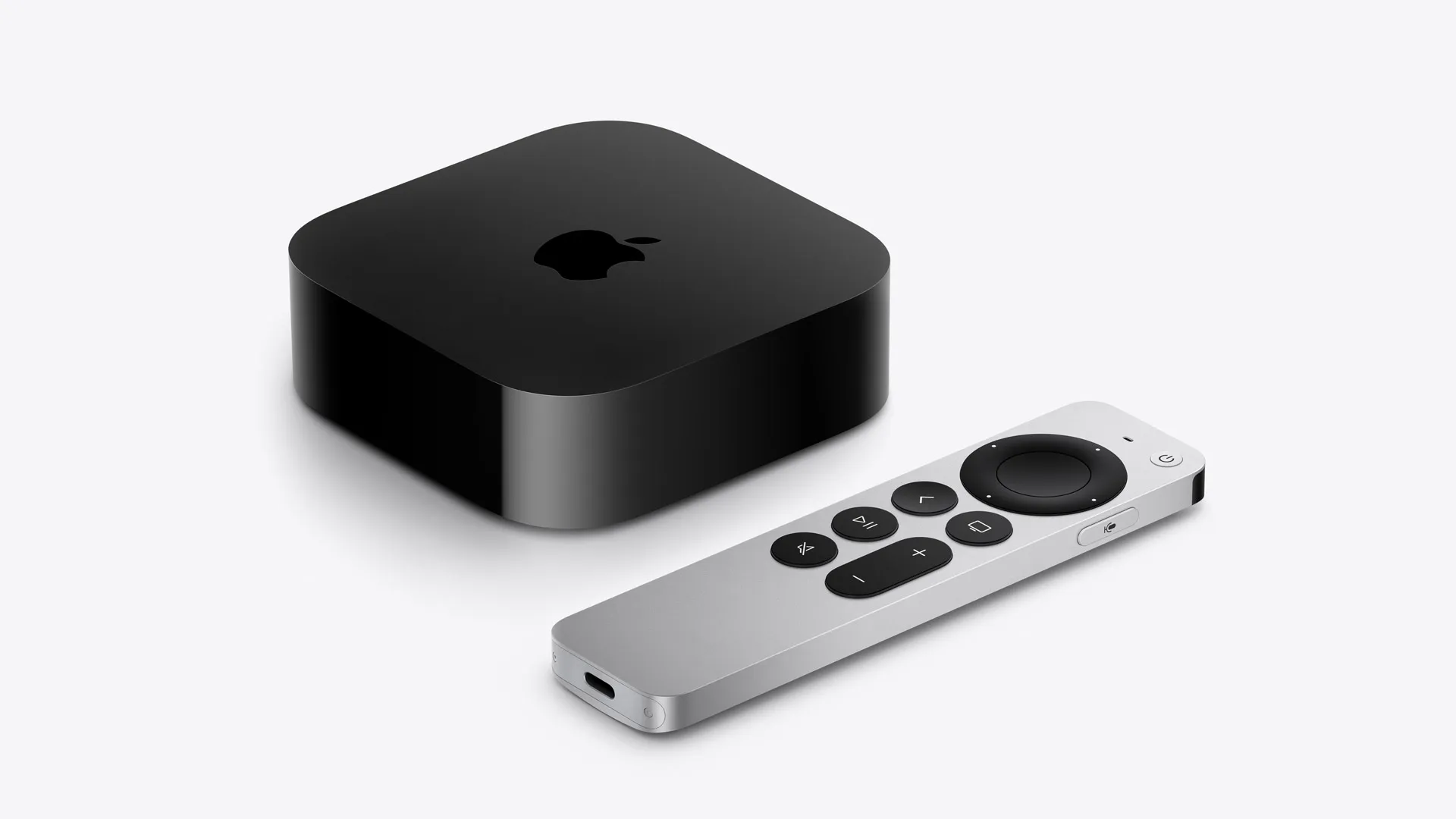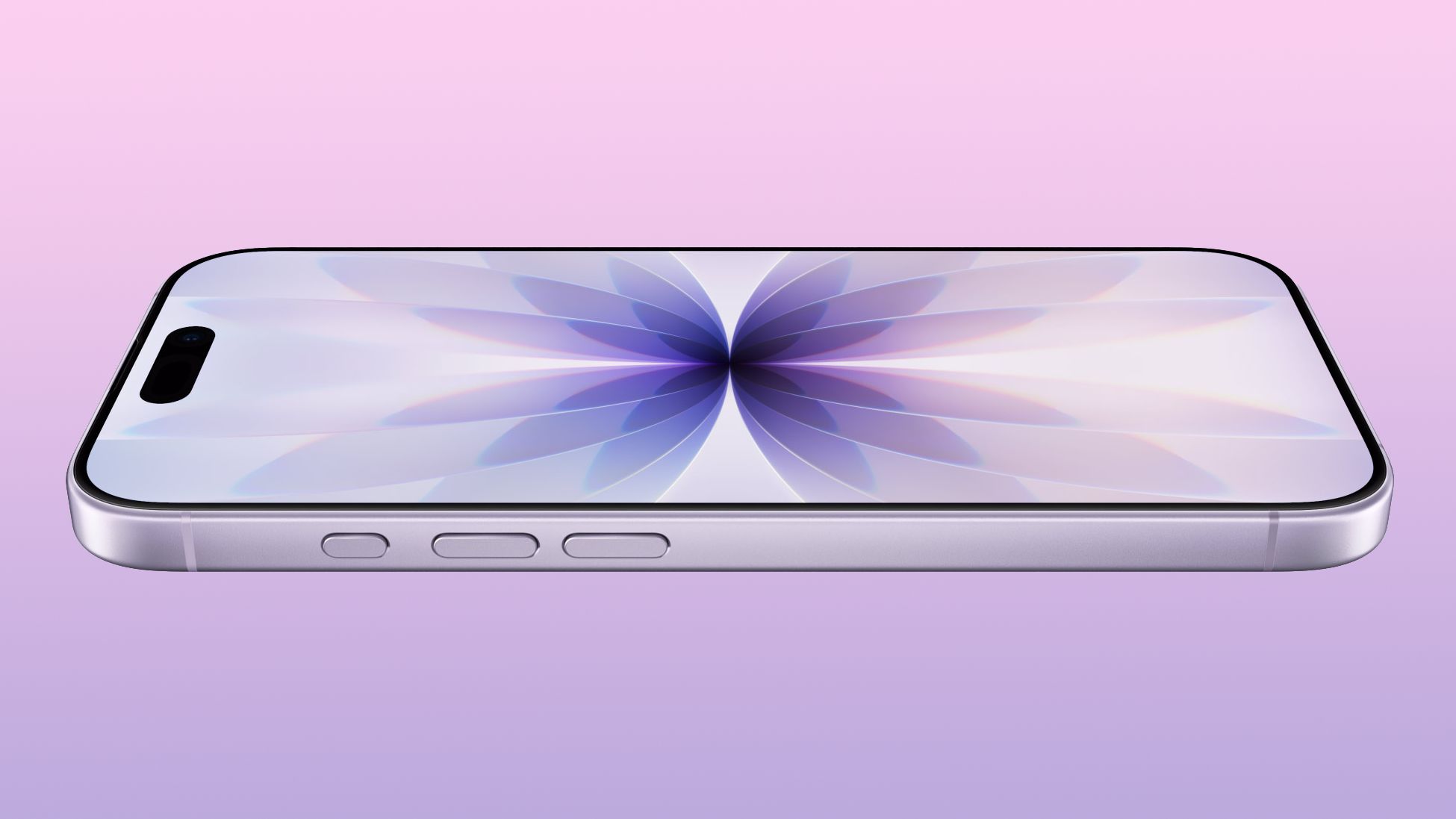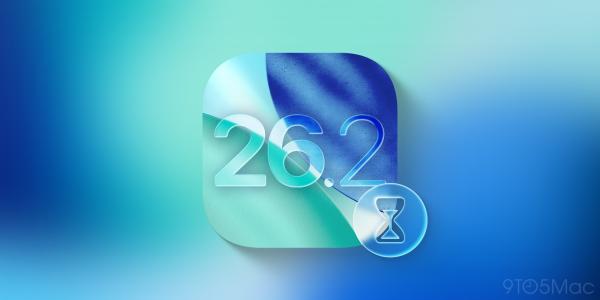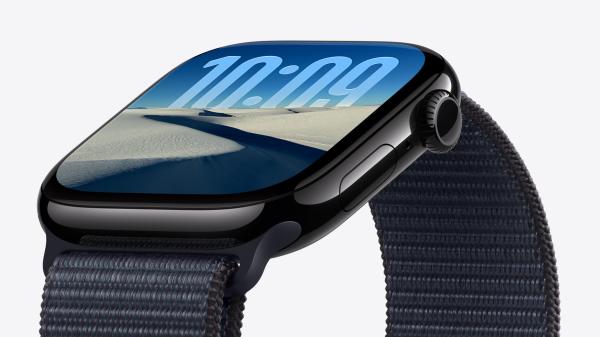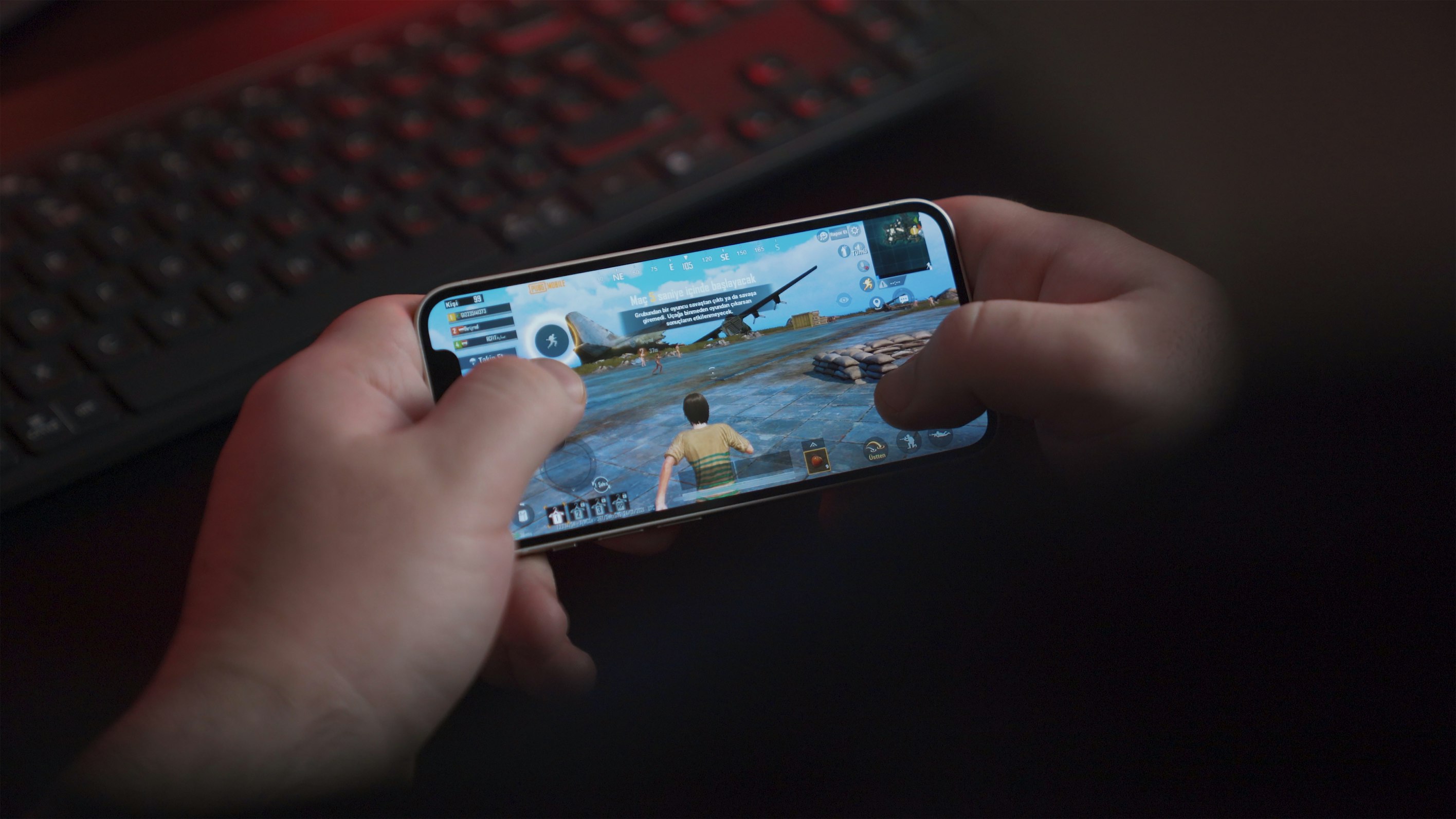
Not long ago, people didn't take mobile gaming very seriously. Most saw it as a pastime, something to keep them busy on their morning commute or entertain them while waiting in line at the grocery store. However, as mobile technology advanced, that began to change. Mobile gaming was no longer relegated to a separate category or considered solely the domain of casual gamers. Instead, it started competing with PCs and consoles for a share of the high-end gaming market. In recent years, gaming has surpassed music and movies as the go-to form of entertainment for millions around the world, and a lot of that has to do with mobile gaming's impact on the larger industry. In this article, we look at Apple's role in enhancing the mobile gaming experience.
Apple Silicon and Its Impact on Mobile Gaming
When most people think of gaming, Apple isn't the first company that comes to mind. That has a lot to do with Mac computers, which traditionally didn't have the power to play high-end games smoothly. Although PCs continue to dominate the computer gaming space, Macs are starting to make inroads. However, the biggest advances in Apple gaming can be seen on the iPhone and iPad, and many would say these devices are the future of gaming.
The A-series and M-series chips are what changed things for Apple and mobile gaming. You can find the A-series chips in iPhones and iPads. These chips deliver exceptional processing power and energy efficiency, making it possible for iPhones and iPads to handle graphics-intensive titles without a problem. While M-series chips were initially designed for Macs, they've made their way into iPads. With these chips on board, iPads can deliver desktop performance in a portable device. Smoother graphics, faster loading times, and more complex game mechanics are all possible thanks to these chips, allowing gamers to enjoy an immersive gaming experience that's right up there with traditional consoles.
Advancements in Display Technology
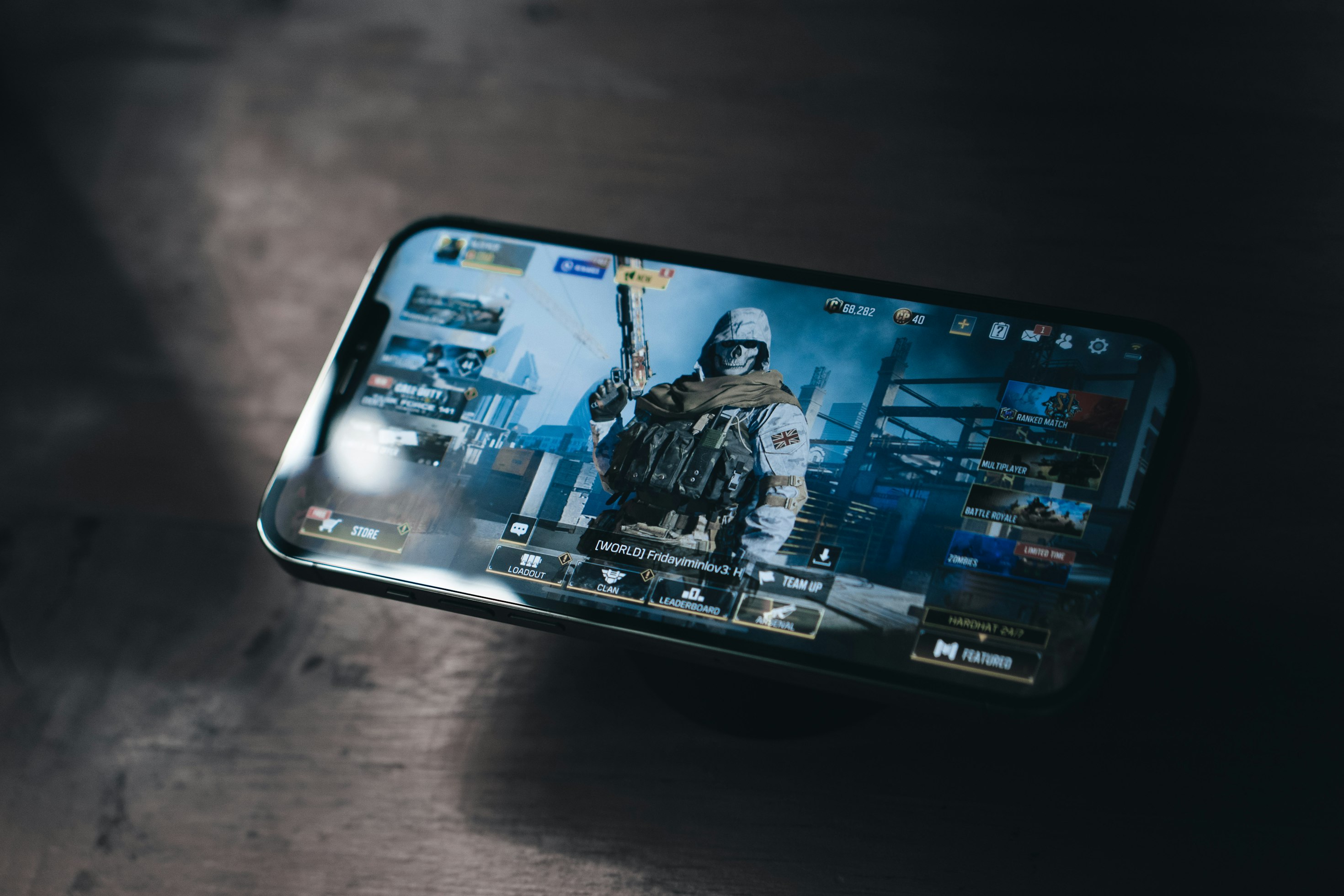 Whether you're playing a casual game like Blackjack or a AAA title like Resident Evil Village, visuals are everything in gaming today. Online gaming has become a large part of the gaming market in recent years, with online casinos playing a significant role. While casino games on platforms like PokerStars Casino don't require the same amount of power as a complex AAA game, the visuals are important. For example, in a game of blackjack online, an iPhone with the latest technology brings out the crispness of the cards, the smooth animations of the dealer, and the overall atmosphere of being in a virtual casino, all of which make the experience more immersive.
Whether you're playing a casual game like Blackjack or a AAA title like Resident Evil Village, visuals are everything in gaming today. Online gaming has become a large part of the gaming market in recent years, with online casinos playing a significant role. While casino games on platforms like PokerStars Casino don't require the same amount of power as a complex AAA game, the visuals are important. For example, in a game of blackjack online, an iPhone with the latest technology brings out the crispness of the cards, the smooth animations of the dealer, and the overall atmosphere of being in a virtual casino, all of which make the experience more immersive.
Apple has put a lot of work into perfecting the displays on its iPhones and iPads, including the introduction of ProMotion technology that has refresh rates of up to 120Hz, ensuring that gameplay is smooth and responsive, something that's especially important when playing fast-paced games where quick reactions can make the difference between success and defeat. The high refresh rate reduces the likelihood a game will have to deal with motion blur, making the overall experience more immersive and making it easier for gamers to be drawn into these virtual worlds. The Retina displays on iPhones and iPads increase the visual fidelity of games, making colors richer and blacks deeper.
Integration of AR and VR Capabilities
Augmented reality (AR) and virtual reality (VR) have been making headlines recently, and Apple has been at the forefront of integrating these technologies into its devices. Apple's ARKit gives developers a framework for creating AR experiences. Games that use ARKit can overlay digital content onto the real world, bringing together the physical and virtual worlds in a unique way. While VR is still in the early stages on mobile platforms, the Apple Vision Pro is giving us a glimpse into the future. While the Vision Pro is a standalone device and doesn't work directly with iPhones or iPads, it gives us an idea of what we might be able to expect from Apple in the future.


 Whether you're playing a casual game like Blackjack or a AAA title like Resident Evil Village, visuals are everything in gaming today. Online gaming has become a large part of the gaming market in recent years, with online casinos playing a significant role. While casino games on
Whether you're playing a casual game like Blackjack or a AAA title like Resident Evil Village, visuals are everything in gaming today. Online gaming has become a large part of the gaming market in recent years, with online casinos playing a significant role. While casino games on 




